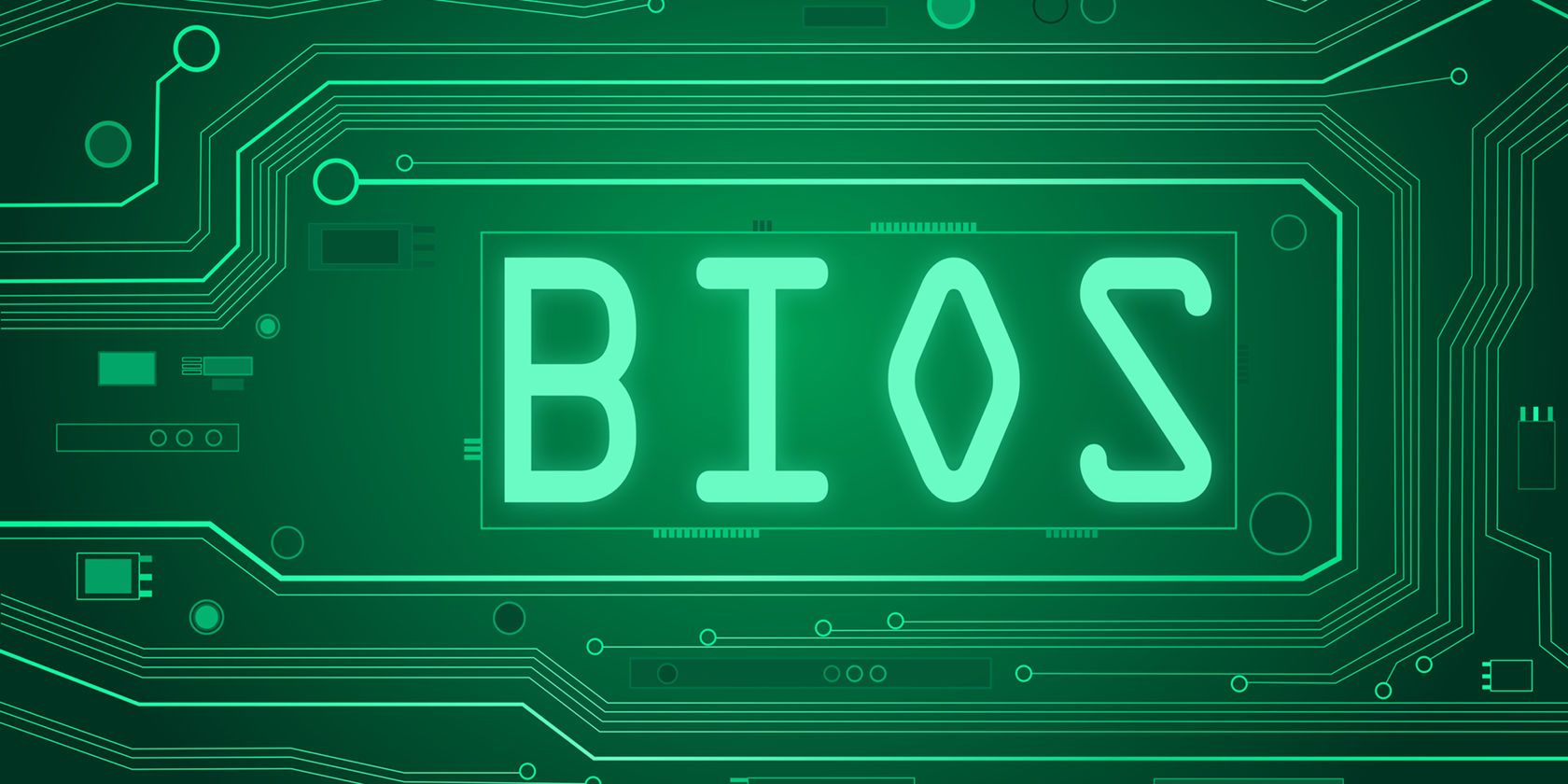Restart the PC and tap the F10 key to get into the BIOS. Select the File menu and then select the Flash System ROM command from the list. Then choose your USB flash drive, and the PC should see the BIOS files on the flash drive. Follow the on-screen instructions to update the BIOS.
What happens if the BIOS is missing?
Usually, a computer with a corrupted or missing BIOS will not load Windows. Instead, it may display an error message right after startup. Instead, your motherboard may emit a series of beeps, part of a code specific to each BIOS manufacturer.
How do I fix no BIOS?
Try turning off the computer, removinghe the battery from the motherboard, leaving it off for 20 minutes, replacing it, and trying to reboot. The bios will be reset to the motherboard’s default if you’re lucky. You may need to enter the bios to enter your boot order, date, etc.

How do I install a BIOS file?
More videos on YouTube Extract the downloaded archive and copy the files to a USB stick. MSI users must boot into the BIOS. Select M-Flash when you are in the BIOS. Choose “Select one file to update BIOS and ME”. Select the USB storage to which you copied the BIOS files.
Is it possible to restore BIOS?
There are three primary ways to reset your computer’s BIOS or UEFI settings. Reset internally from your device’s BIOS or UEFI menu. Reset by removing or replacing the CMOS battery. Clear and reset BIOS settings by clearing your motherboard jumper.
What problems can BIOS cause?
1 | BIOS error – cannot be overclocked. Your system has been physically moved. Your CMOS battery is not working. Your system has power problems. You are overclocking your RAM or CPU (we don’t overclock our parts) and adding a failed device.
How do you know if your BIOS is bad?
First Symptom: System Clock Reset But this is a BIOS feature deep down at the hardware level. If your system always displays a date or time several years out of date when it boots up, one of two things could be wrong: your BIOS chip is damaged, or the battery on the motherboard is dead.
Why is my BIOS not showing?
You may have accidentally selected the fast boot settings or boot logo, which replaces the BIOS screen to make the system boot faster. I would most likely try wiping (removing and then reinserting) the CMOS battery.
How do I bypass the BIOS at boot?
Enter the BIOS and look for anything related to enabling, disabling, or displaying the boot screen (wording varies by BIOS version). Set the option to disabled or enabled, whichever is the opposite of how it is currently set.
Do you need a USB to update the BIOS?
To update your BIOS via DOS, you will need a bootable USB. Take the updated BIOS version and BIOS update utility that you downloaded from the manufacturer’s website and copy them to the newly bootable USB stick. Leave the USB stick connected to the computer. Then reboot the system.
Can I install a different BIOS?
Could I? no, another bio wouldn’t work unless made specifically for your motherboard. The bios depend on hardware other than the chipset.
Can I upgrade BIOS to UEFI?
You can upgrade BIOS to UEFI and switch from BIOS to UEFI directly in the operating interface (as above). However, if your motherboard is too old, you can only update the BIOS to UEFI by changing to a new one. It is highly recommended that you back up your data before doing anything.
How do I reset the BIOS without BIOS?
The easy way to do this, which works no matter what motherboard you have, is to turn the switch on your power supply to off(0) and remove the silver button battery on the motherboard for 30 seconds, reinsert it, turn the power on again, and boot up, it should reset you to factory settings.
What happens if I reset the BIOS to default?
Resetting the BIOS configuration to defaults may require reconfiguring settings for added hardware devices but will not affect the data stored on the computer.
Is it bad to have an outdated BIOS?
BIOS updates won’t make your computer faster; they generally won’t add new features you need and may even cause additional problems. You should only update your BIOS if the new version contains the required improvement.
What are the benefits of updating the BIOS?
Some reasons for updating the BIOS are Hardware updates: Newer BIOS updates allow the motherboard to correctly identify new hardware such as processors, RAM, etc. If you’ve upgraded your processor and the BIOS doesn’t recognize it, a BIOS flash may be the answer.
Is an Outdated BIOS Bad?
Installing (or “flashing”) a new BIOS is more dangerous than updating a simple Windows program, and if something goes wrong in the process, you could freeze your computer. Since BIOS updates usually don’t introduce new features or huge speed boosts, you probably won’t see a huge benefit.
How do I know if my BIOS needs to be updated?
Some will check if an update is available, while others will only show you the current firmware version of your current BIOS. In that case, you can go to the download and support page for your motherboard model and see if a firmware update file is available that is newer than the one currently installed.
Can a BIOS update damage the motherboard?
BIOS updates are not recommended unless you are having problems, as they can sometimes do more harm than good, but there is no real concern regarding hardware damage,
How do I test my BIOS chip?
Restart the computer. This will be a hard or cold boot. Press and hold the power button until the screen on the monitor is black and the machine loses power. Wait 30 seconds or more and turn the computer back on.
